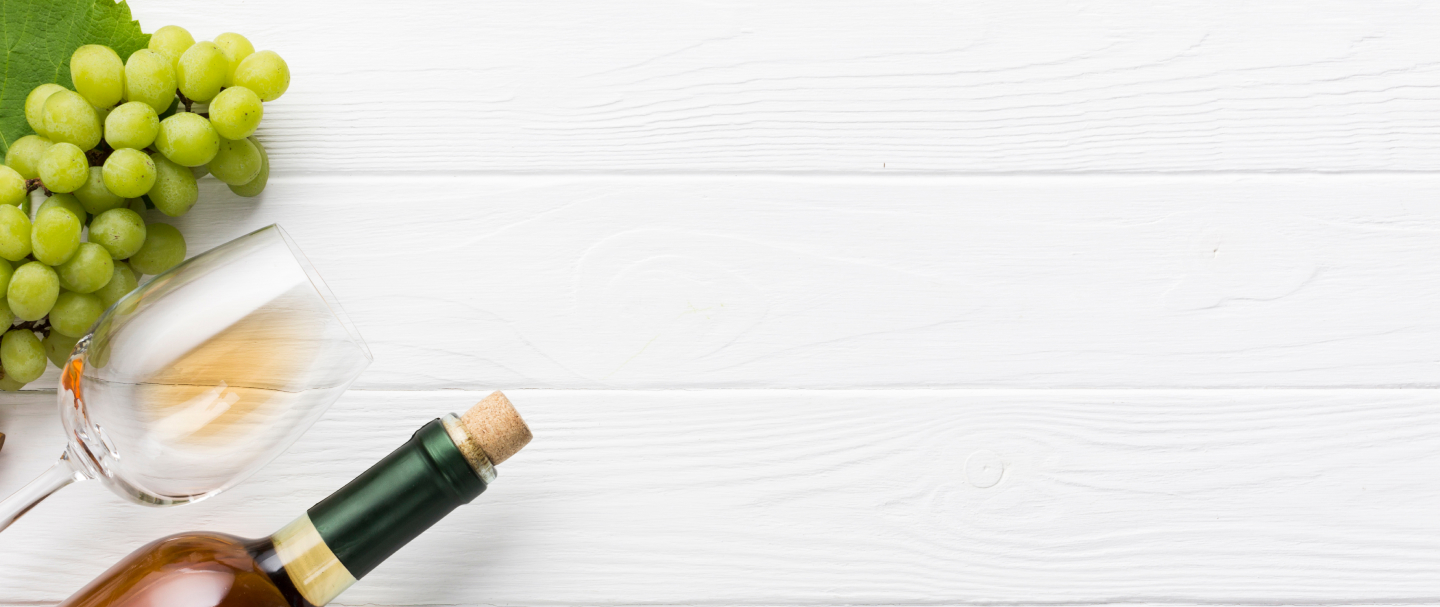Muller Thurgau White Rhone Blend Germany Pfalz
The Rhone region of France has been producing superb quality white blended wines for centuries, and is a region highly respected and esteemed around the world, with plenty of New World countries keen to emulate the styles and techniques displayed by the historic wineries and skilled vintners of the area. The secret to the Rhone's success when it comes to blended white wines is the careful and expert selection of certain grape varietals, which each lend special features to the blended wine and bring balance and harmony to the bottle. Most commonly, blended white Rhone wines feature no more than two grapes of either the Viognier, Rousanne, Marsanne or Grenache Blanc varietals, and are renowned for their exceptional flavors and highly aromatic, floral character.
As in many Old World countries, the rise of viticulture in Germany came about as a result of the Roman Empire, who saw the potential for vine cultivation in the vast flatlands around the base of the Rhine valley. Indeed, for over a thousand years, Germany's wine production levels were enormous, with much of the south of the country being used more or less exclusively for growing grapes. Over time, this diminished to make way for expanding cities and other types of industries, but Southern Germany remains very much an important wine region within Europe, with many beautifully balanced and flavorful German wines being prized by locals and international wine lovers alike. The hills around Baden-Baden and Mannheim are especially noteworthy, as these produce the high end of the characteristic semi-sweet white wines which couple so perfectly with German cheeses and pickled vegetables. However, all of Germany's wine producing regions have something special and unique to offer, and are a joy to explore and experience.
The beautiful German wine region of Pfalz is the second biggest in the country, and is upheld as one of the finest in all of central Europe. A long and narrow region, just nine miles wide, it sits on the French border, and shares many characteristics with Alsace on its western border. This is a peaceful, verdant region, where grapevines outnumber inhabitants by a ratio of six hundred to one, and as such, it comes as no surprise to find that the wines produced here are laid back, elegant affairs which pair perfectly with the slow-cooked cuisine of the region.
The history of Pfalz is an impressive one, and before the phylloxera epidemic wreaked its effects on the region, it was widely regarded as one of the best in the world. Indeed, the Riesling wines of Pfalz used to grace the tables of the crowned heads of Europe, and were even served at the dinner which heralded the opening of the Suez Canal in 1869. The fine old vines which grow there benefit from the warm and dry summers (this is the warmest region of Germany by far), and the very mild winters which produce wines of extraordinary balance and expression.



